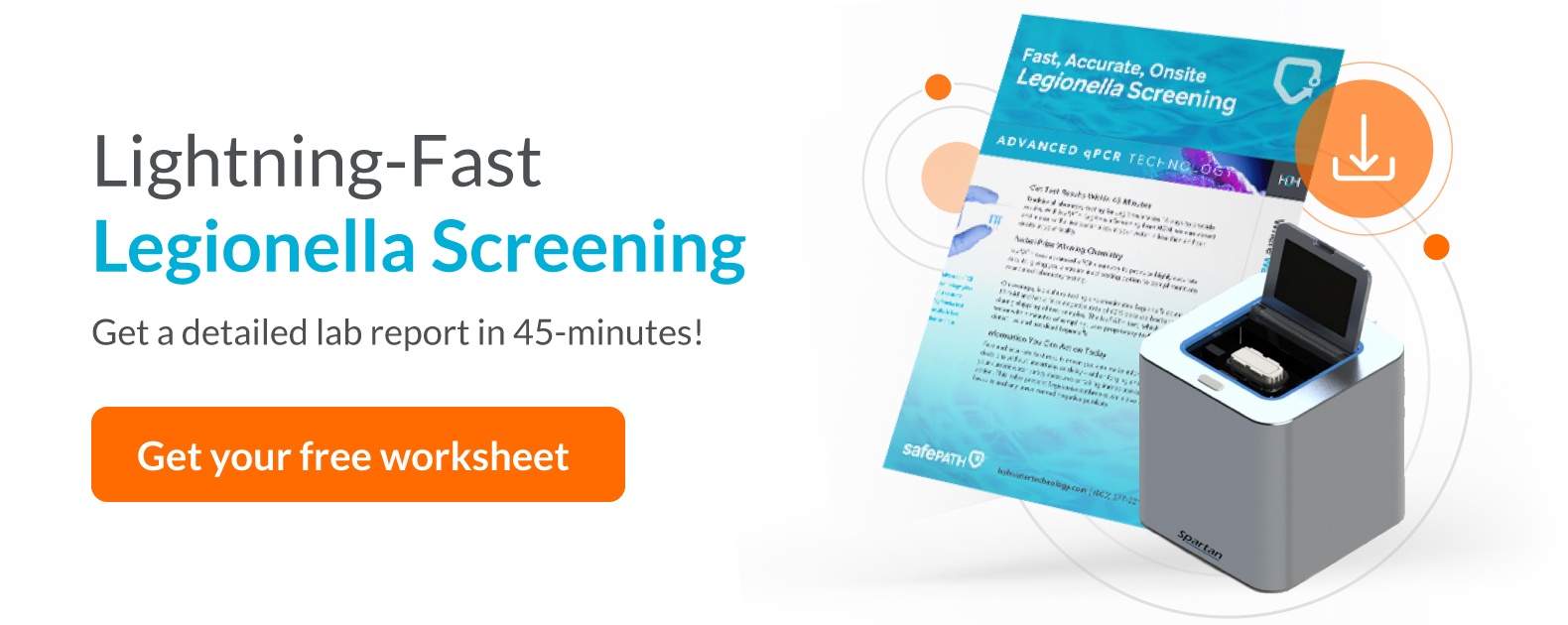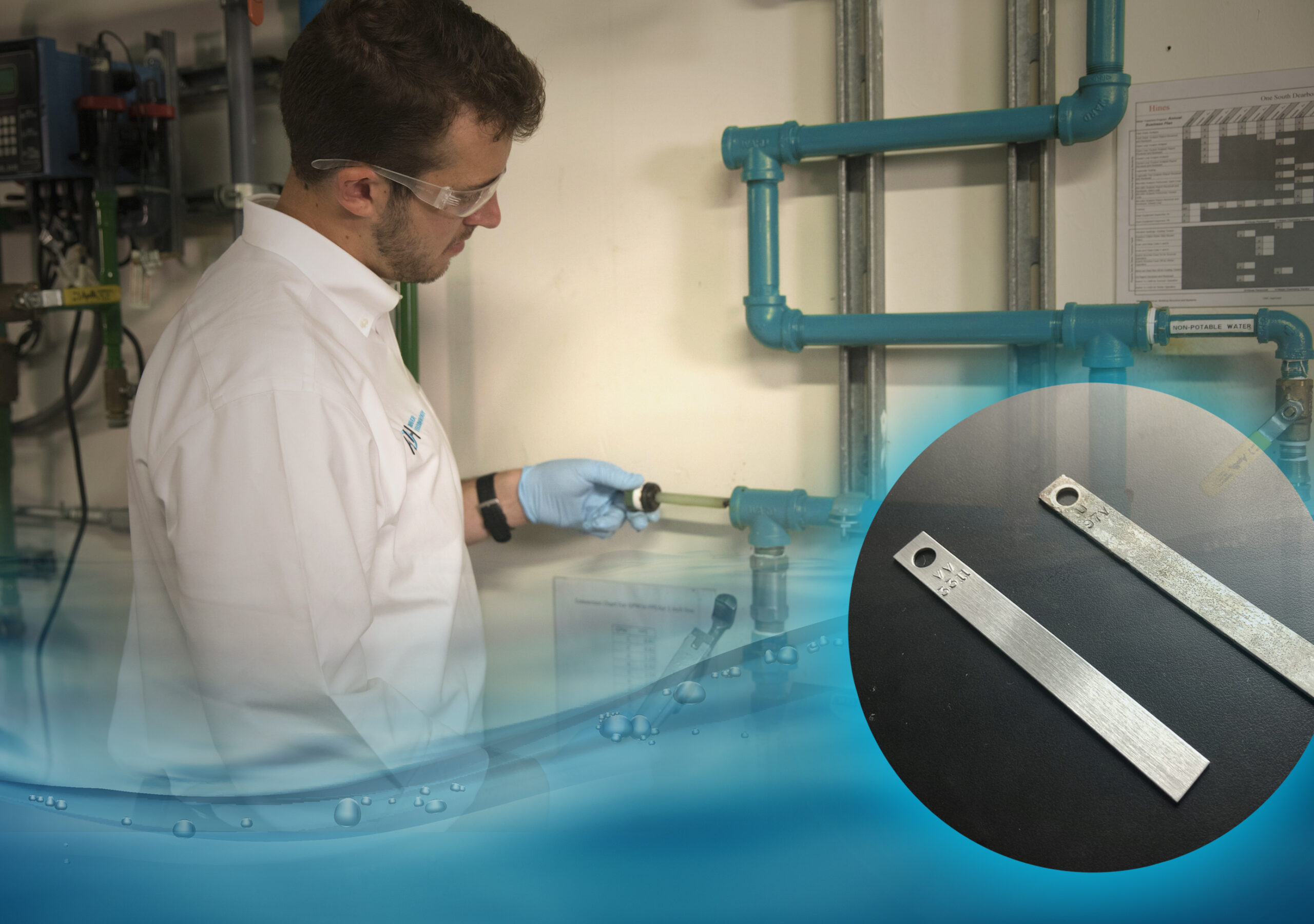
 If you’ve read some of our previous blogs, you may already know about the dangers of Legionella bacteria and the importance of preventing it in your industrial water systems. Perhaps you’ve already formed a water management team. These are critical first steps toward keeping Legionella out of your buildings.
If you’ve read some of our previous blogs, you may already know about the dangers of Legionella bacteria and the importance of preventing it in your industrial water systems. Perhaps you’ve already formed a water management team. These are critical first steps toward keeping Legionella out of your buildings.
Now, you need to develop a solid water management program. But a water management program is not a “one-and-done” deal. It will be a continuous process that requires ongoing effort from your water management team. Despite what some water treaters will tell you, it doesn’t have to be complicated. The steps below will tell you exactly how you can establish a smart water management program that works for your facilities.
Industrial Water Management Program Step-by-Step
- Get your team together.
If you don’t have an internal or external water management team formed yet, now is the time. You can set up your water management team using our free template. Once your team is established, you’re ready for Step 2. - Create your water management plan document.
This will include text and flow diagrams that describe all of the hot and cold water distribution systems in your buildings. Include anything and everything that has water flowing through it, including cooling towers, fountains, spas, humidifiers, or misters. - Use your diagrams to look for control points.
Which are places that could allow Legionella to grow and spread. Finding these “hot spots” is critical to Legionella management because without knowing your control points, you won’t know where, when, and how to prevent Legionella growth. - Create control limits.
Control limits tell you the acceptable ranges within your water systems to ensure Legionella isn’t able to grow and spread in each potential area. Your control limits may be a minimum, maximum, or range of values. This helps to alert you to a Legionella red flag before an outbreak can occur. - Put control measures into action.
Your control measures might be a cleaning process, heating, or another kind of disinfection. You might need to control scaling or corrosion. The purpose of your control measures is to keep your water management system within your control limits at all times. - Monitor your control measures.
Your needs may change over time, so confirm that your Legionella prevention strategies are still working and make necessary adjustments. (see more about this below). - Continuously monitor your program.
It’s important document its activity, and update as needed. Your water management team should review each element of your program at least once a year, or when any of the changes listed below occur. - Take immediate action.
If you find that your control limits aren’t being met. This will be a natural part of the process if you are carefully monitoring your water management program.
When To Modify An Industrial Water Management Program
If you are monitoring your program (and you should be), you’ll need to make changes if:
- One or more areas in your water system are outside of your control limits
- You’ve had equipment changes, additions, or updates that affect your water management system
- You’ve switched disinfection/treatment products
- There has been construction on one or more of your buildings
- Your municipal water supply has changed
- There’s a possibility that someone in your building has been exposed to Legionella
- Local laws, guidelines, or regulations have been modified or updated
If any of these things happen, work with your water management team to:
- Update your text and flow diagrams in step 2
- Apply updates to your control points
- Re-establish safe control limits for each area
- Provide training, if needed, to those who will be implementing and/or monitoring your water management program
Remember, simply having a water management program doesn’t eliminate the threat of Legionella. You’ll have to continuously review and modify the plan to ensure that it’s working properly.
An effective water management program is absolutely necessary for any building with water distribution systems. It helps you stay ahead of the game, and can flag potential problems before they become a major health issue.
This information, including sample templates, is also available in the CDC’s Toolkit, Developing a Water Management Program to Reduce Legionella Growth and Spread in Buildings.
Water Management Program Resources
- Need to learn more about the risks of Legionella in your water system? Check out the 3-Step Guide to Legionella.
- Not sure if your building is at risk? This CDC Worksheet can help you determine if your building is susceptible to Legionella growth.
- You can also use our free water management team template to get the right people assigned to the right tasks in your facility.

Recent Blog Posts

Five Ways to Increase the Efficiency of Your Closed Loop System

Global 6K for Water
